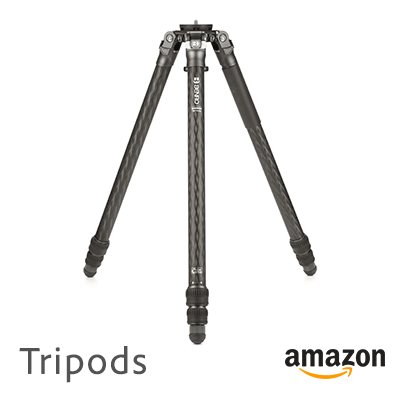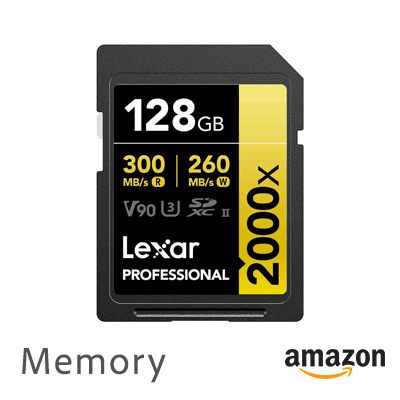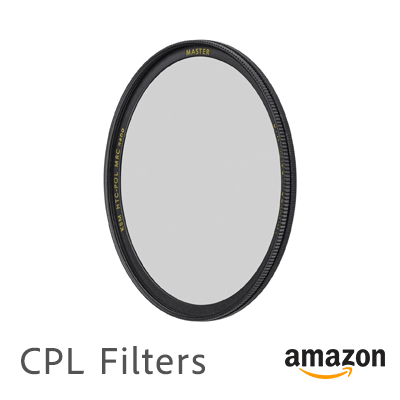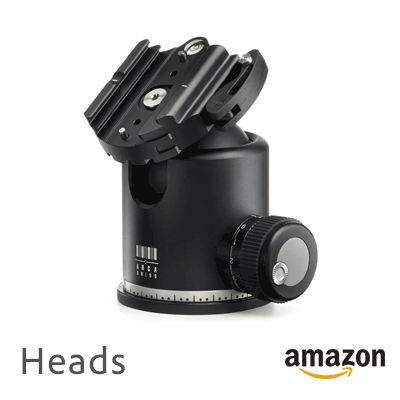
The hyperfocal distance (HFD) is the closest distance that you can focus on while still keeping the background sharp. When using a wide-angle lens, the HFD is just a few feet in front of the lens, making it possible to capture foreground objects and the background in focus at the same time. Understanding HFD solves the puzzle of not knowing where to focus when there are both near and far objects.
HFD is where depth of field (DOF) is deep enough that infinity comes into focus. As you focus further away from the lens, DOF increases exponentially, making more of the photo appear sharp. Imagine photographing a landscape with an object right in front at the lens’s minimum focus distance. The DOF is so shallow that only the object is in focus, with everything else blurry. When you focus slightly further, objects at the new focus distance are sharp, and the background also starts to become discernable. When you focus a few feet in front of the lens, the background appears sharp, even though you’re still focused on the foreground. This focus distance, where both the foreground and infinity appear to be in focus, is the hyperfocal distance.
When you focus on the hyperfocal distance, everything from half that point to infinity appears to be in focus. For instance, if the hyperfocal distance is 10 ft, everything from 5 ft to infinity will be in focus. It’s important to remember that the HFD is not where sharp focus begins.
Hyperfocal Distance Charts
The HFD is based on the lens focal length, current f/stop, circle of confusion, and crop factor. You can find it in HFD charts, which are included in many photography apps like PhotoPills. If you’re lucky, the lens you’re using has a focusing scale that shows HFD. Many older, manual and prime lenses have a focusing scale, but most modern zoom lenses don’t.
| Focal Length | f/1.4 | f/2.8 | f/4 | f/5.6 | f/8 | f/11 | f/16 | f/22 |
| 14mm | 4.68 | 2.35 | 1.65 | 1.18 | 0.83 | 0.61 | 0.42 | 0.31 |
| 16mm | 6.11 | 3.06 | 2.15 | 1.54 | 1.08 | 0.79 | 0.55 | 0.40 |
| 20mm | 9.54 | 4.78 | 3.35 | 2.40 | 1.69 | 1.23 | 0.85 | 0.63 |
| 24mm | 13.74 | 6.88 | 4.82 | 3.45 | 2.42 | 1.77 | 1.22 | 0.90 |
| 35mm | 29.20 | 14.62 | 10.24 | 7.33 | 5.14 | 3.75 | 2.59 | 1.89 |
| 50mm | 59.57 | 29.81 | 20.88 | 14.93 | 10.47 | 7.63 | 5.26 | 3.84 |
| 100mm | 238.20 | 119.15 | 83.43 | 59.62 | 41.77 | 30.40 | 20.93 | 15.25 |
| 200mm | 952.58 | 476.39 | 333.53 | 238.30 | 166.87 | 121.41 | 83.53 | 60.81 |
| 300mm | 2143.16 | 1071.73 | 750.30 | 536.01 | 375.30 | 273.03 | 187.80 | 136.66 |
| 400mm | 3809.92 | 1905.16 | 1333.73 | 952.78 | 667.07 | 485.25 | 333.73 | 242.82 |
| 600mm | 8572.03 | 4286.31 | 3000.60 | 2143.46 | 1500.60 | 1091.51 | 750.60 | 546.05 |
Chart showing the hyperfocal distance (in meters) based on lens focal length (left column) and f/stop (top row) on a full-frame camera. The higher the focal length, the farther the HFD. The smaller the aperture, the closer the HFD.
How do you use Hyperfocal Distance in the Field?
Say you’re shooting a scene with wildflowers about 3 ft away, and mountains in the background. If using a 24mm lens at f/11, the HFD is 1.7m (5’7 ft), which means everything from .85 m (2.9 ft) to infinity will appear to be in focus. Without understanding HFD, you might be inclined to focus on the flowers, hoping that the small aperture will capture the background in focus. However, doing so would render the background blurry because DOF falls short. By focusing instead behind the flowers at the HFD of 1.7 m, you’ll capture both the flowers and mountains in focus.
If your lens lacks a focusing scale, there are a few other ways to focus on the HFD. After all, the HFD is easy to look up, but how do you focus on it without a tape measure? Focus peaking, which most cameras have, makes it pretty easy. When composing the scene, it highlights everything that’s in focus. Place your focus point on an object at infinity and make sure magnification focus assist is on. Using manual focus, rotate the focus ring until the instant the object becomes highlighted and not a skosh farther. This places focus on the HFD. If done correctly, both near and far objects should remain highlighted. Take a test shot and view it at 100% to ensure near and far objects are indeed sharp. You can also use this method without focus peaking- you just have to rely on your eyesight to see when infinity becomes focused instead of highlighting.
Discrepancies in Hyperfocal Distance Charts
Standard hyperfocal distance (HFD) charts aren’t entirely accurate. Most were calculated during the film era using a 0.03 mm circle of confusion (CoC), which provides enough depth of field (DOF) to make 8×10” prints look sharp when viewed at 10”. This is pretty lax by today’s standards. A CoC of at least 0.02 mm is more realistic for keeping pace with the high-resolution files of modern digital cameras. Unfortunately, changing this variable extends the distance that you can include sharp foreground objects by about 50%. The standard you choose depends on how you intend to use your photos. The HFD chart above, calculated with a lenient 0.03 mm CoC, is sufficient for posting photos online and making small prints. The chart below, using a 0.02 mm CoC, is better suited for large prints.
| Focal Length | f/1.4 | f/2.8 | f/4 | f/5.6 | f/8 | f/11 | f/16 | f/22 |
| 14 mm | 7.00 | 3.50 | 2.45 | 1.75 | 1.23 | 0.89 | 0.61 | 0.45 |
| 16 mm | 9.14 | 4.57 | 3.20 | 2.29 | 1.60 | 1.16 | 0.80 | 0.58 |
| 24 mm | 20.57 | 10.29 | 7.20 | 5.14 | 3.60 | 2.62 | 1.80 | 1.31 |
| 35 mm | 43.75 | 21.88 | 15.31 | 10.94 | 7.66 | 5.57 | 3.83 | 2.78 |
| 50 mm | 89.29 | 44.64 | 31.25 | 22.32 | 15.63 | 11.36 | 7.81 | 5.68 |
| 100 mm | 357.14 | 178.57 | 125.00 | 89.29 | 62.50 | 45.45 | 31.25 | 22.73 |
| 200 mm | 1428.57 | 714.29 | 500.00 | 357.14 | 250.00 | 181.82 | 125.00 | 90.91 |
| 300 mm | 3214.29 | 1607.14 | 1125.00 | 803.57 | 562.50 | 409.09 | 281.25 | 204.55 |
| 400 mm | 5714.29 | 2857.14 | 2000.00 | 1428.57 | 1000.00 | 727.27 | 500.00 | 363.64 |
| 600 mm | 12857.14 | 6428.57 | 4500.00 | 3214.29 | 2250.00 | 1636.36 | 1125.00 | 818.18 |
Hyperfocal distances (in meters) calculated with a stricter CoC tolerance of .02mm to so infinity appears sharp in high-resolution prints
When not to use Hyperfocal Distance
Using the hyperfocal distance (HFD) is important when you want both near and far objects to be in focus simultaneously, as long as the closest object is within half the HFD. If the near object is closer than this, such as in macro or wildlife photography, the HFD is irrelevant because the depth of field (DOF) is so shallow that only one object can be in focus at a time. If the nearest foreground object is further than the HFD, you would focus on it instead of the HFD. HFD is also irrelevant when the entire scene is at a uniform distance. For instance, when photographing a distant mountain range with no foreground objects, you should focus directly on the mountains without worrying about the HFD.





